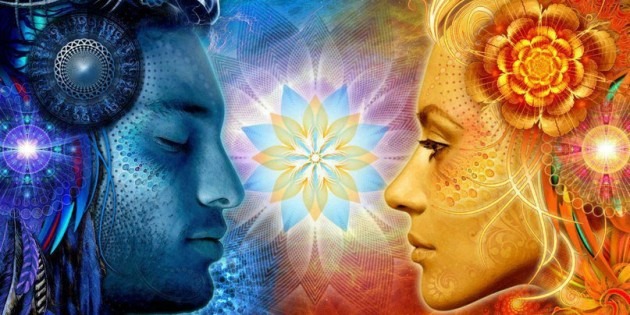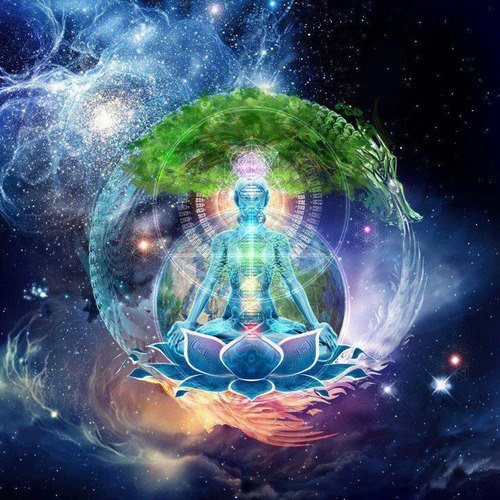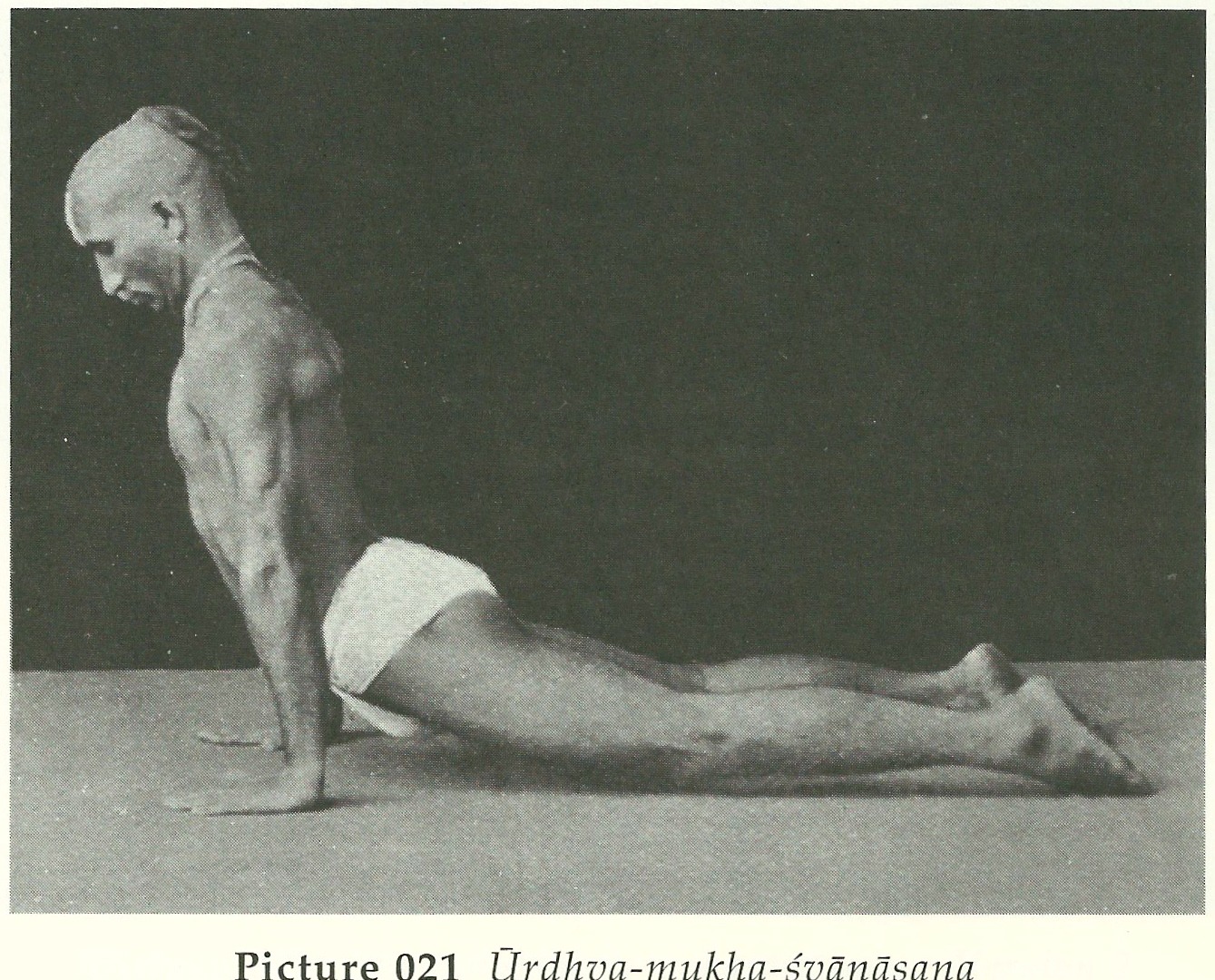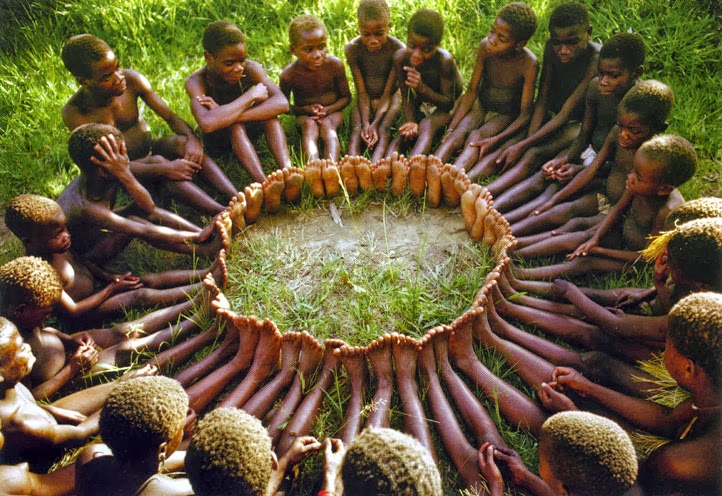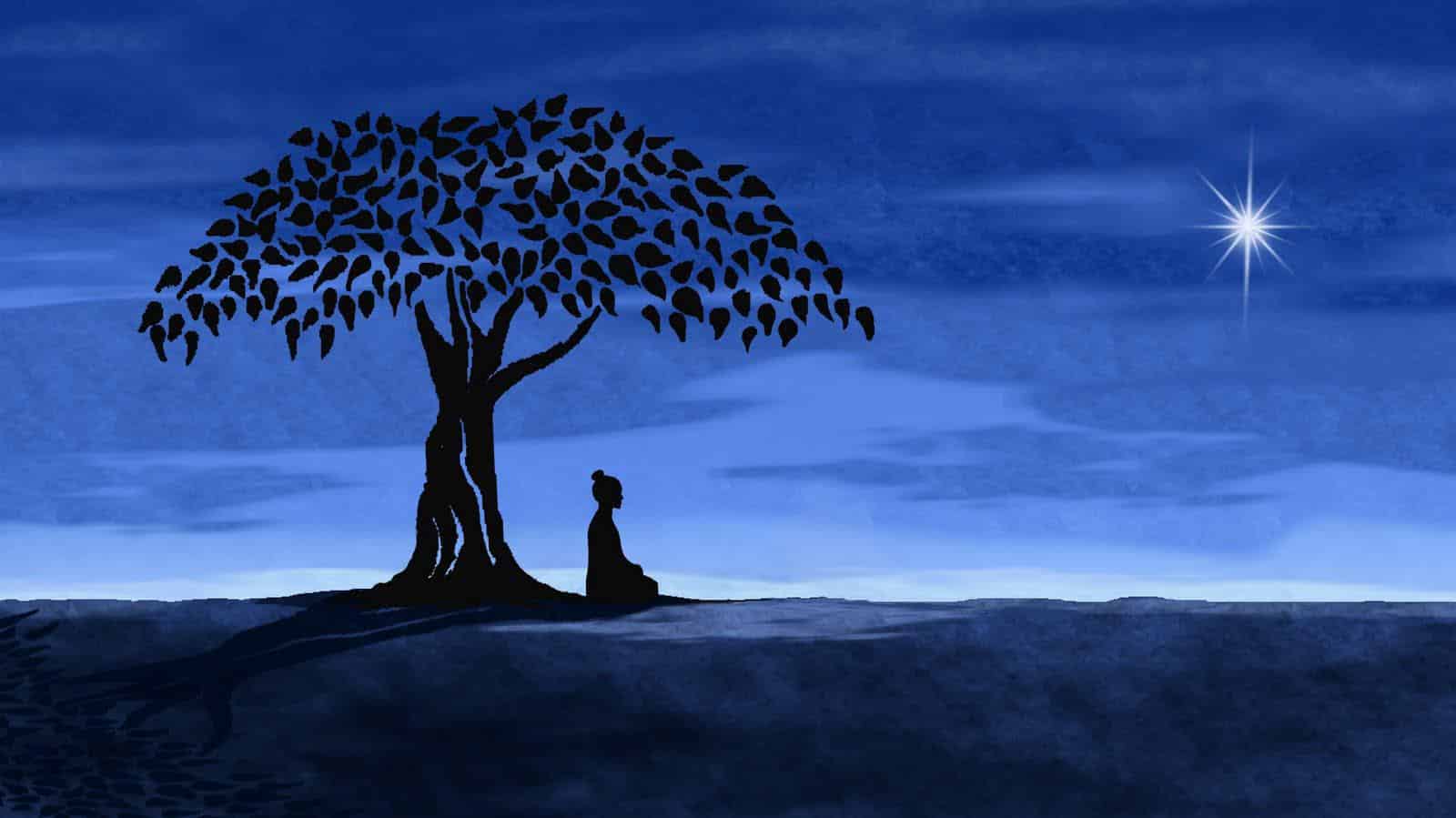Poverty and Destitution
“Health is the greatest gift; contentment is the greatest wealth” Buddha quoted from the Dhammapada India is poor. Really fucking poor, there’s no way to explain it other than most people barely have a roof over their heads and food for their bellies. There’s trash everywhere, litter, cows, dogs, birds, little chipmunk rats, and you have … Read more


